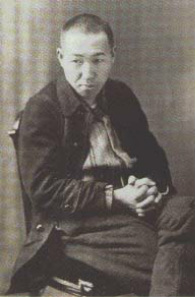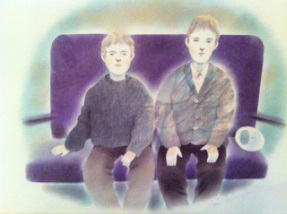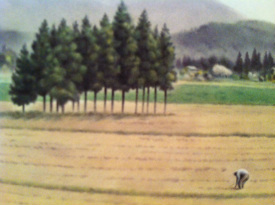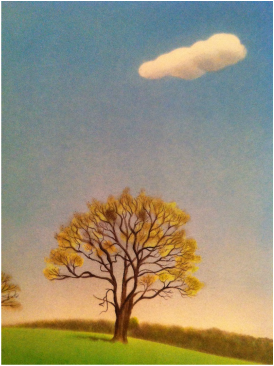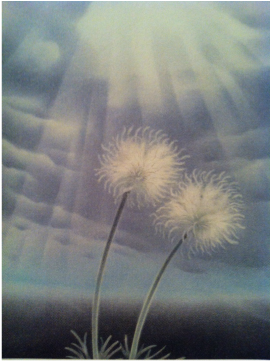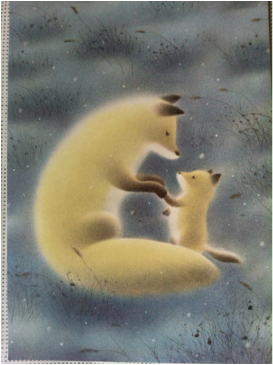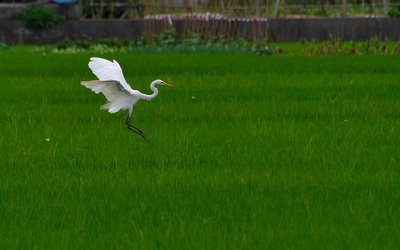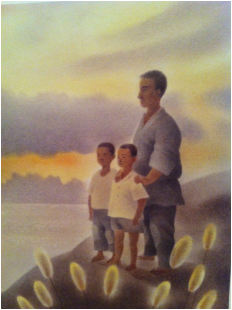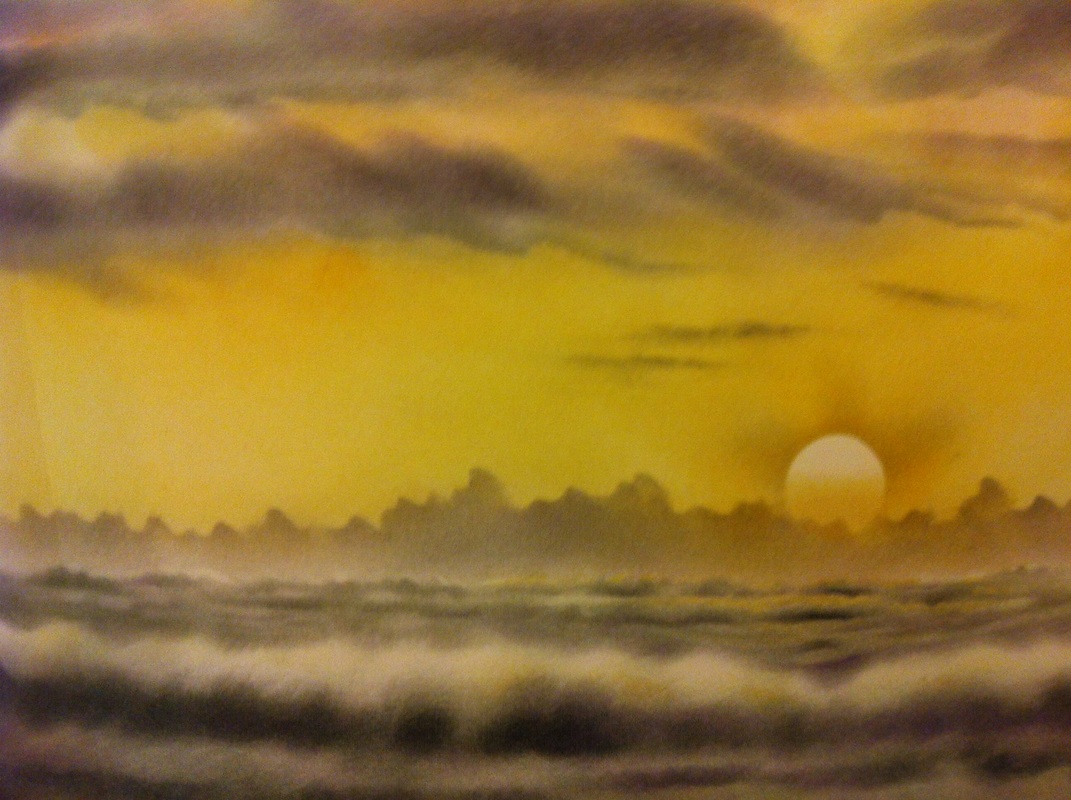Painting by Ken Kuroi
Kenji Miyazawa
“What is true happiness for everyone?” (本当のみんなの幸せとは Hontou no Minna no Saiwase towa)
|
Kenji Miwazawa(宮澤賢治)
Illustration by Ken Kuroi(黒井健).
Drawn by Ken Kuroi
|
“Night on the Galactic Railroad (銀河鉄道の夜 Gingatetsudo no Yoru)"
|
|
We are connected with each other. We human live with animals in harmony. If you want to read more, please check the Dance section in the Art category. |
Pearl S Buck
The Big Wave, Tsunami
Written by Pearl S Buck, a Pulitzer and Nobel Prize Winner Plot summary Kino lives on a farm on the side of a mountain in Japan. His friend, Jiya, lives in a fishing village below. Everyone, including Kino and Jiya, has heard of the big wave. No one suspects it will wipe out the whole village and Jiya's family, too. Jiya, now orphaned, struggles to overcome his sadness. He is eventually drawn back to the ocean where he longs to be a fisherman like his father before him. Jiya wishes to live as a fisherman again as he comes of age,then facing his greatest fear, Jiya builds a home on the beach . He understands it is in the presence of danger that one learns to be. Jiya says "If ever big wave come back, l shall be ready. I face it. I am not afraid." This is a famous story of a Japanese boy who must face life after escaping the tidal wave destruction of his family and village. In Japanese culture, they are taught to "learn to live with danger” and “enjoy life and to not fear death.” The theme is that life is stronger than death. As Kino’s father tries to make his son understand the tragedy, “ To live in the presence of death makes us brave and strong. ...to live bravely, to live life, to see how beautiful the trees are and the mountains, yes, and even the sea, to enjoy work because it produces food for life...We love life because we live in danger. Now Japanese people overcome the tragedy because of the biggest tsunami and earthquake , and face reconstruction in the future. |
